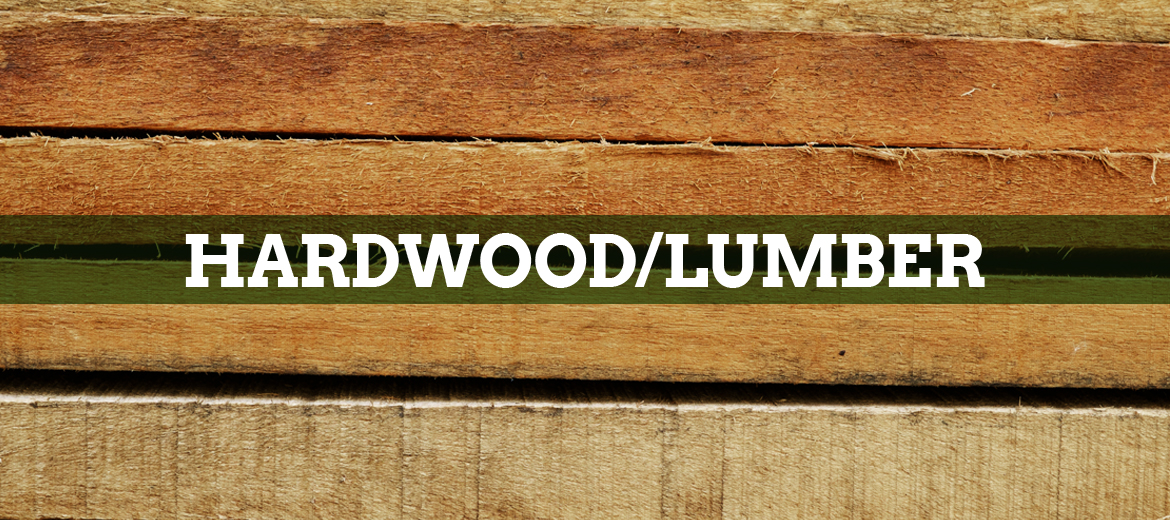
The species is seriously threatened by the emerald ash borer. This exotic insect girdles and kills the tree. For more information refer to http://www.emeraldashborer.info/
Botanical Name
Fraxinus spp.
Other Common Names
American White Ash, Biltmore Ash, Canadian Ash, Green Ash, Ground Ash, Mountain Ash, Quebec Ash, White Ash, White River Ash, White Southern Ash
Region
The north temperate regions of the globe.
The Tree
Ashes are trees or shrubs with large, opposite, pinnately compound leaves, which are shed in the fall. The compound leaves have 2 to 11 leaflets. The flowers can be bisexual or there can be distinct male and female flowers on separate trees. The flowers have no petals and the fruits are dry with a flattened wing.
Appearance
The sapwood of ash is light brown, while the heartwood is brown to grayish brown. White Ash and Oregon ash has lighter heartwood than the other commercial species. The width of the sapwood is 3 to 6 inches. It is ring porous, with the latewood being composed of parenchyma which surrounds and unites the latewood pores in tangential bands. It has no characteristic odor or taste.
Properties
Ash is straight grained, heavy, hard, strong, stiff and wears smooth with high shock resistance.
Working Properties
It machines well and is better than average in nail and screw holding capacity. It glues moderately well.
Uses
Handle stock, baseball bats, unupholstered furniture, flooring, millwork, hand tools, sporting goods, boxes and crates.
Availability
Ash is among the least expensive utility hardwoods available domestically.